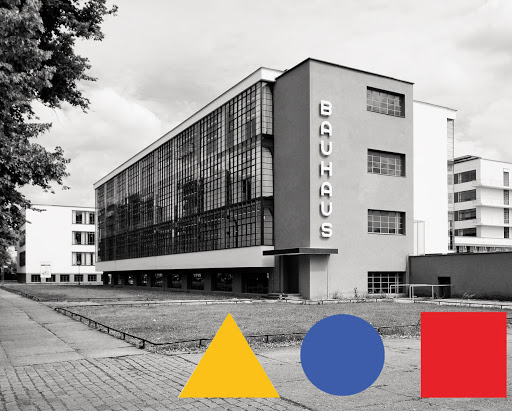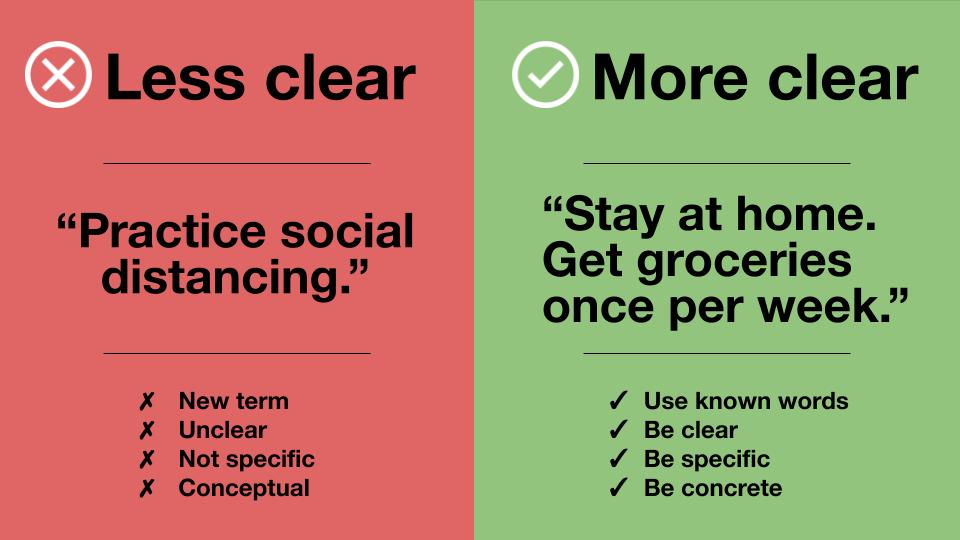Keep it Simple — Humane Design
in Times of Crisis
Published Aug 5, 2020 · 4 min read
SVENSK TEXT →

In times of crisis, people have an increased need for simplicity and clear directive. This was one of our findings when we researched COVID-19’s effect on the digital retail industry in our last project. Let’s talk about how the current pandemic is affecting our minds, and how design can respond to the emerging need for simplicity.
Although the pandemic has now been present for several months and is by many seen as the “new normal”, we’re still in tumultuous times with an unforeseeable future. Numerous people have been affected in unfortunate ways regarding their health, social life, and economic situation. Globally, people are facing new challenges together with immense uncertainty, maybe for the first time in their lives.
Crises in general have a big impact on people’s thoughts, behaviors, and emotional states. Researchers have found recurring behaviors from previous disasters and crises that show increased feelings of stress, anxiety, and helplessness.
“Stressful events such as recessions and crises typically also increase a consumer’s desire for simplicity to ease their cognitive load. This affects decisions as wide-ranging as design choices, brand preferences, and even where people choose to live.”
― Jonas Colliander & Sara Rosengren, Shifting Lanes
⋯
When a crisis hits the world, new ideas can arise as a response to shifting needs. One example is the Bauhaus School of Design that emerged during World War I, with the core idea of: “form follows function”. The school, which emphasized the importance of purpose and function within design and architecture, was a leading force in the rise of functionalism in the first half of the 20th century.
"The Bauhaus designed not only for the purpose of the product itself but also for the needs of the population."
― Hawra Abdulla, Carnegie Mellon School Of Design
Generations of designers and architects have been inspired by the Bauhaus approach since then, with functionalism as a guiding principle.

How do we serve the need for simplicity today? Functionality and simplification are the main pillars of UX Design, together with a strong belief that the user’s perspective leads to a better solution. UX, therefore, serves as a tool for modern-day functionalism in the digital era. Good UX Design is hard to notice because of its seamlessness, and that’s the whole point. An intuitive communication talking to your subconscious, making the next step an easy and natural choice.
“Design is really an act of communication, which means having a deep understanding of the person with whom the designer is communicating.”
― Donald A. Norman, The Design of Everyday Things
When creating a service or product you need to be flexible, like water, and adjust to the given shape that is formed by the user in the receiving end — in this way you create an intuitive experience.
“Why do we need to know about the human mind? Because things are designed to be used by people, and without a deep understanding of people, the designs are apt to be faulty, difficult to use, difficult to understand”
― Donald A. Norman, The Design of Everyday Things
We can use thoughtful design and clear communication, with function and purpose as a compass, to lessen the ambiguity and stress in tough times. Everyone who creates for a receiving end-user needs to adapt to this mindset and follow guidelines proven to support the user to reach their intended goals.
⋯
— Communicate straightforwardly and honestly. Say what you mean, and mean what you say. Don’t give empty promises.
— Talk like ordinary folks. Avoid technical terms and over-complicated words.
— Feedback equals support. Give feedback that responds to the user’s actions whenever it’s needed. Don’t amplify the ambiguity already experienced during a crisis.
— Be ‘easy to get’. It should be simple to grasp how to use your product/service for different groups of people with varying abilities.
— Speed as prioritization. Consider loading times and delivery times. Lessen the waiting time, if possible.

⋯
It seems like well-thought-through design, with purpose and function as the main pillars, is more important than ever in the world’s current crisis state.
Support the user through the whole process by offering simple and efficient ways to interact with your service, which helps them reach their intended goals. Improving the user experience is not only a way for smaller companies to survive — it’s also highly relevant when it comes to governmental services and guidelines given to society.
If you want people to “do things your way”, you may need to shift focus to a more holistic perspective and connect the dots between the world’s state, your product or service, and how it affects the people using it. Empathize and listen to people around you and take shape from the given context and needs. Be water, my friend.
⋯
Written by Amanda Schönebeck and Felicia Palmqvist Nordling - Designers and founders of the design studio Decent People
Examples of articles and books we came across during our research:
— Shifting Lanes - Sweden Through the Crisis
— How to Design Services for Crisis Situations: A Global Collaborative Effort
— 10 Bauhaus principles that still apply today
— The Design of Everyday Things
BACK TO HOME PAGE